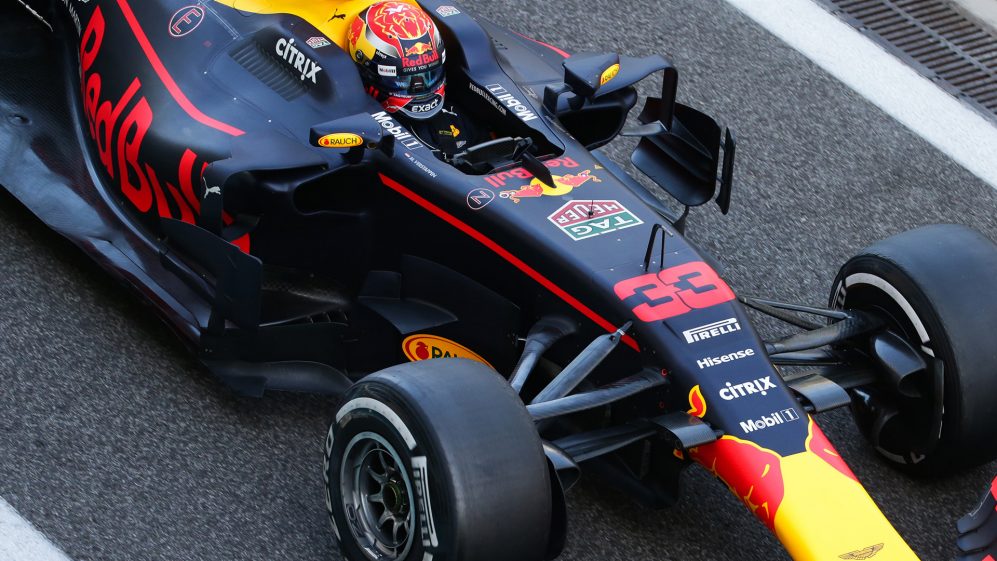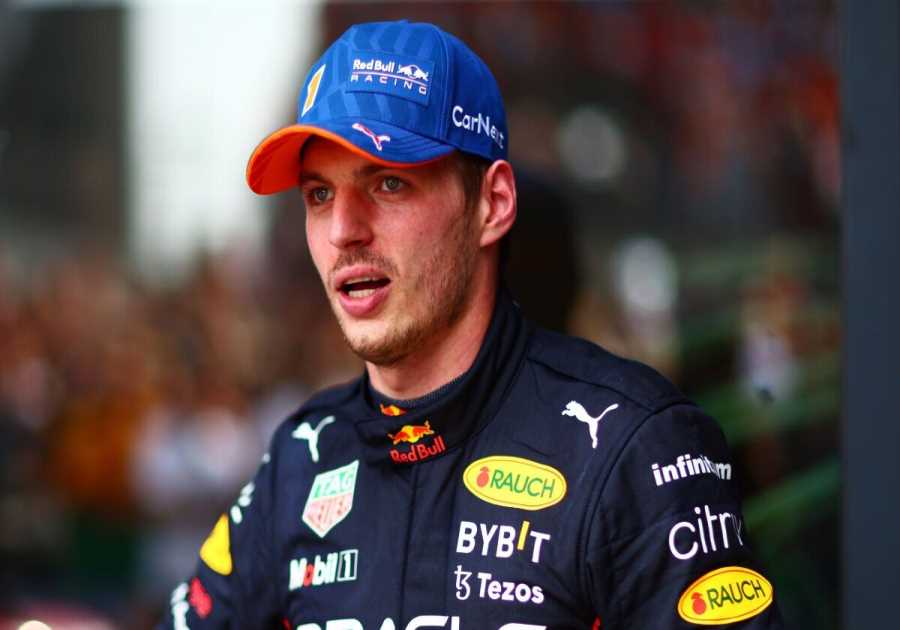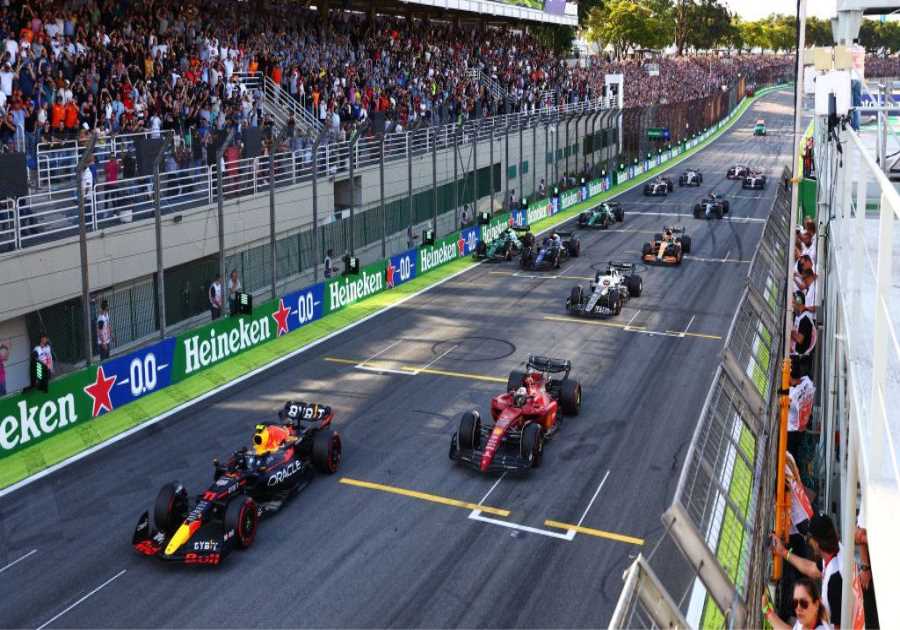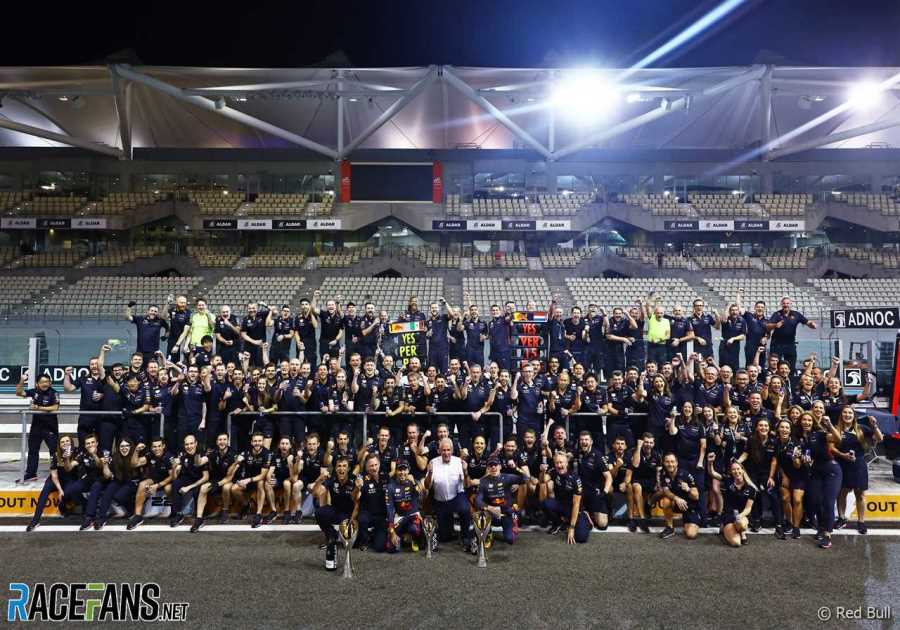
Max Verstappen’s win in Brazil underscores that Red Bull is finishing this season at full speed. The pattern of their 2019 season is similar to that of two years ago – starting each season with a significant aerodynamic problem but aggressively carving out to end the year as arguably the fastest car. The season in between – 2018 – had a different pattern as the RB14 was pretty competitive from the start.
Is there some technical factor driving these patterns? There were several specific technical reasons – a wind tunnel modeling flaw in the 2017 case – but it may be significant that both 2017 and ’19 saw significant changes in aerodynamic regulations that kept Red Bull off the highly productive paths in both cases.
READ MORE: The wing designs win when the focus shifts to 2020
Even if all F1 cars seem to look similar, each of the three best teams has their own very different aerodynamic philosophy and it seems that Red Bull is simply more sensitive than the others and cannot adapt to changes that way.
Red Bull’s aerodynamic foundation has relied on a particularly high rake angle for many years. At low speeds, the car is nose-down, and when the downforce squares the car down, it runs flatter at high speeds.
This can work spectacularly well in that angling the floor from the front low to the back creates a greater vacuum (i.e. pulling the car down) from the underbody by moving air through it faster. The downforce generated by the sub-floor is roughly a multiple of the floor area and the speed of the air flow.
READ MORE: 5 Reasons We Love the Abu Dhabi Grand Prix
Another aerodynamic benefit of a high-rake car is that the front wing can be made more efficient as its elements hit the air at an angle of attack that creates more downforce and then at higher speeds on the straights (and in faster corners, where the aero balance needs to be more rearward to give stability) the car flattens out, resulting in a less aggressive front wing angle and a reduction in drag.
Red Bull tested a new front wing in Brazil with a focus on 2020. The arrows and yellow areas show the areas that have been redesigned compared to the wing previously used
The limit that defines how much rake can be raked before it has a negative impact is at what point the airflow through and around the diffuser will stall when the vehicle speed drops. When this happens and the rear of the car is sticking up, the floor-to-diffuser distance increases as the air speed decreases and eventually reaches a point where it stops flowing, reducing downforce at the rear.
READ MORE: How the top teams juggle auto development in 2019, 2020 and 2021
The more flow that can be induced above and around the diffuser, the longer the air flow coming from the underbody through the diffuser remains when the ride height increases with decreasing speed. A crucial part of Red Bull’s aero philosophy is to create a sharply tapered torso at the rear with plenty of space around that incision. The incision increases the speed of the air flow, the room offers a greater air flow capacity, both to delay the diffuser stall as long as possible and thereby to maximize the possible degree of calculation that can be driven.
With the change in the regulations in 2017, the cars were made significantly wider and the tire width increased. This made it much more difficult to flush out the airflow around the front tire – and to keep it undermined and not be sucked in the direction of the thicker, wider underbody.
READ MORE: What is banned under the rules of 2021

2017 Red Bull challenger RB13 has grown into an impressive F1 car
Aerodynamicists have used many tricks to do this, including more powerful and complicated barge boards. But because the wider wind tunnel model of the 2017 car brought it closer to the walls of the wind tunnel, the wind tunnel results weren’t realistic and exaggerated the drag penalty. This led Red Bull to believe they couldn’t use very powerful barge boards. As a result, the early RB13 lacked downforce. It was developed quickly after the problem was identified and its late season shape was superb.
WATCH: How Red Bull made the RB15 a race winner
The 2019 regulations change banned many of the aerodynamic tools that Red Bull had used so well to give their 2018 car great performance. The front fenders were simplified, blown axles were banned, limited under the nose to two blades per side, front brake ducts were reduced (and thus aerodynamic effectiveness) and the bargeboards were lowered. Just like in 2017, Red Bull started the season over 1 second behind pace as they arguably had these components loaded harder than any other.
With very few changes to the regulations for next year, Red Bull could realistically be expected to come off a little better than in the past odd years.
The post TECH TUESDAY: Why Red Bull could take off in 2020 first appeared on monter-une-startup.





